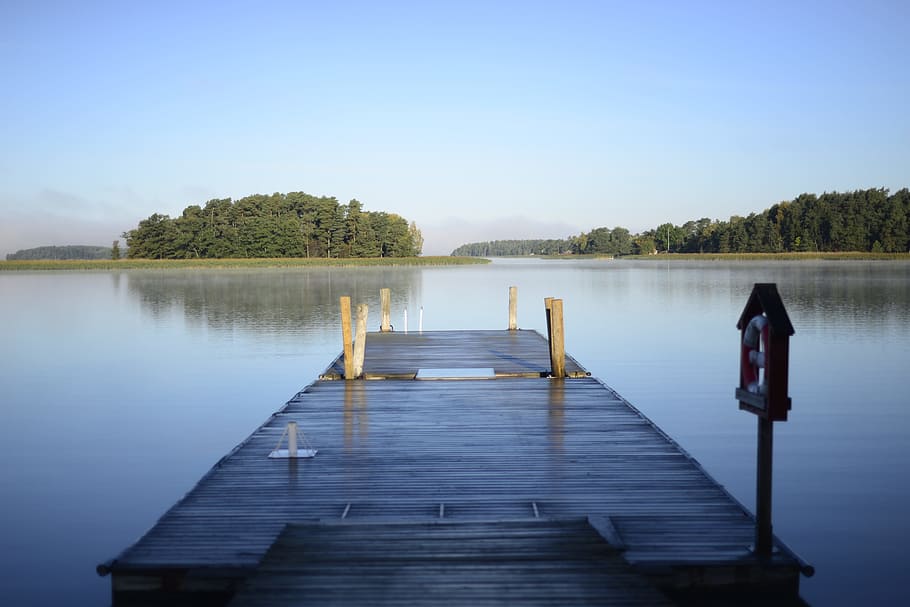Standard Dock vs Floating Dock. Having a private dock is a luxury, which is a must. That’s one big oxymoron but what we are trying to say is that boating enthusiasts should invest in a dock if they have a lakeside property as it offers plenty of benefits, some of which include:
- No-slip or storage fee
- Guaranteed slip availability
- Convenient access to water
- Security for your boats
- Increased property value
- Personalized accessories and construction
- Additional usage for leisure activities such as fishing, socializing, kayaking, and swimming with friends
Now that you know what a dock offers, let’s take a look at the types available and which one you should use:
Types of Docks
Standard Dock
A standard dock, also known as a fixed dock, is an ideal selection for shallow waters. The construction can be done at a depth of 4′. This dock is best for areas where the water rises to 3′. You will have to moor your boat towards the shore and away from the dock in such weather.
This dock is not recommended if the water waves fluctuate continuously up to 2′. To make sure that your boats don’t drown, you will have to adjust the dock’s height every season.
A fixed dock usually does not have anchorage, which is why you can’t tie your boat to it during storms. Moreover, your boat won’t have any protection from the waves created by big boats.
Semi-Floating Dock
You are probably wondering what a semi-floating dock is. Well, it’s a combination of a fixed and floating dock. It has floats that are adjusted at the end for a smooth transition. This alters the height between the mainland.
Let’s say that your lake has high and low water fluctuations. You can use the fixed dock close to the shore during high water fluctuations, and for low water fluctuations, you can use the floating dock. Make sure that you have a section for the semi-floating dock, so the adaption is easy.
If the lake water drops rapidly, you can configure the dock straight to semi-float, which will absorb all the movements.
Floating Dock
If your lake water depth is above 4′, a floating dock is the best option for you.
Whether the water fluctuates rapidly or periodically, your dock will remain at the same level. However, if your water’s depth level is less than 3′, avoid a floating dock as it might break and damage your boats.
So, the question isn’t which dock is the best but which will suit your lake according to its water level. As mentioned earlier, if the water depth is up to 3′, choose a fixed dock, and if the water depth is more than 4′, a floating dock. As for the semi-floating dock, it depends on your budget.
Visit the website EZ Dock and browse their products section for floating docks or do it yourself docks. They even offer dock floats and other accessories to modify your fixed dock. For more information, call on (800) 654-8168.







